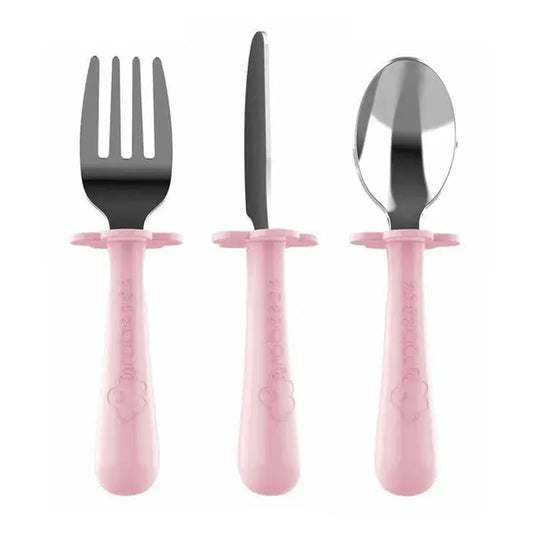
Introducing food to a toddler with special needs - Autism Spectrum Disorder (ASD)
Share
We've all heard that food before one is just for fun.....but what if it’s always a battle instead? Join Rose Anne as she gives some great advice on Introducing food to a toddler with special needs specifically Autism Spectrum Disorder (ASD).
What if they still don’t eat at 1.. or 2… or 3… When an ASD diagnosis comes it either bowls you over or everything clicks into place. It explains so much about the WHY, but you still don’t have the information you need on HOW to get your child to eat anything nutritious!
When you have a toddler refusing to eat it’s time to take a deep breath and give control back to your child. Yes, we hate mess but exploring food is an important developmental phase for little ones. In younger children, it’s the result of learning to control and coordinate food. In older toddlers it’s for cause and effect. There is so much to explore when it comes to food (whether it’s the noise it makes or the textures… or making Mummy scream “noooooo!” as she tries to catch a bowl of spaghetti). Believe it or not, when toddlers play with their food it can help them to become better eaters!
Give them their independence
Small people love being independent, taking that away can make them anxious. Let them feed themselves and they can explore their food and develop more confidence with food.
Take a step back
If you’re anxious the chance of your child picking that up is very high – even if you think you’re hiding it well. If your child sees your anxiety they’re going to think meal time is stressful and won’t be as receptive to new food.
Get appropriate utensils
You need toddler cutlery with a choke guard if that’s something that worries you. Grabease has a great choke guard so you don’t have to worry about how far in the fork goes. Get a shorter handle. If your child can’t hold their fork it’s going to fall and that’s going to make a mess. Grabease utensils have a short, ergonomic handle that helps with motor skills and is easier to hold for babies, toddlers and those who need to strengthen their fine motor control. The handles actually strengthen the finger muscles that your child needs for drawing, writing and holding their toys, making life easier as they meet other developmental milestones.
Give small portions and top up if they need more
Your child’s tummy is tiny and maybe that huge pile of food is really intimidating and off-putting straight away! Your child might need their food to not touch each other to start. Get in touch with Little Bites and I can help you find out the first step for your child to make dinner time a stress-free and fun family time.
Be consistent
About the Author

|
Rose Anne has been working with children with various food aversions, including severe anxiety around trying different foods, for several years, both in the UK and New Zealand. She loves being able to help children overcome their fear of new foods, tastes, textures and colours, little bite by little bite. “I loved seeing them thrive and enjoy the tasting sessions, and thought to myself, ‘If these extremely selective eaters can learn to enjoy new food, other children with food struggles could too’”. |











